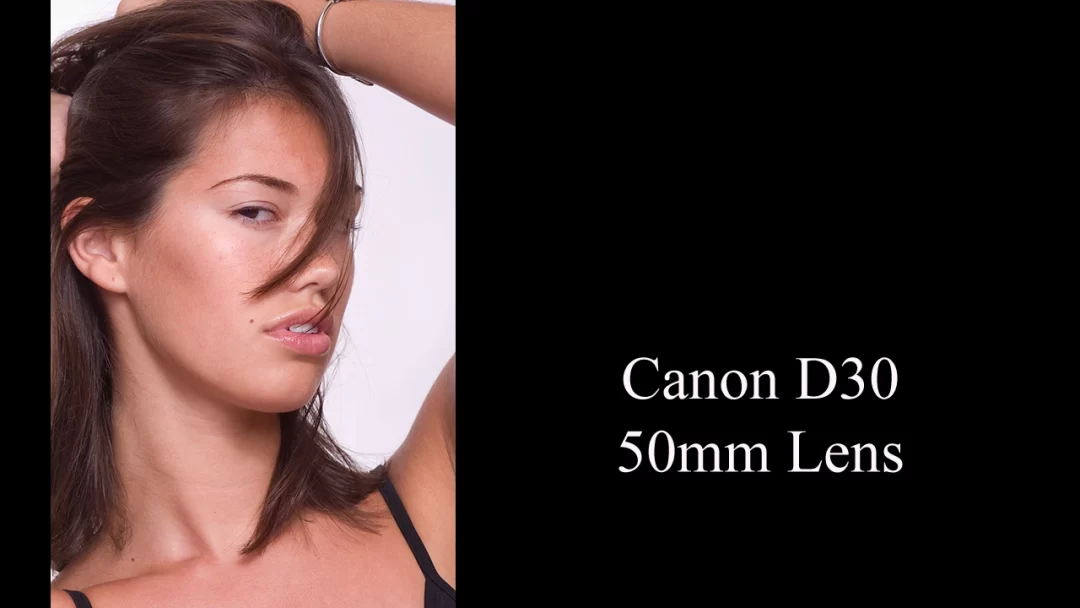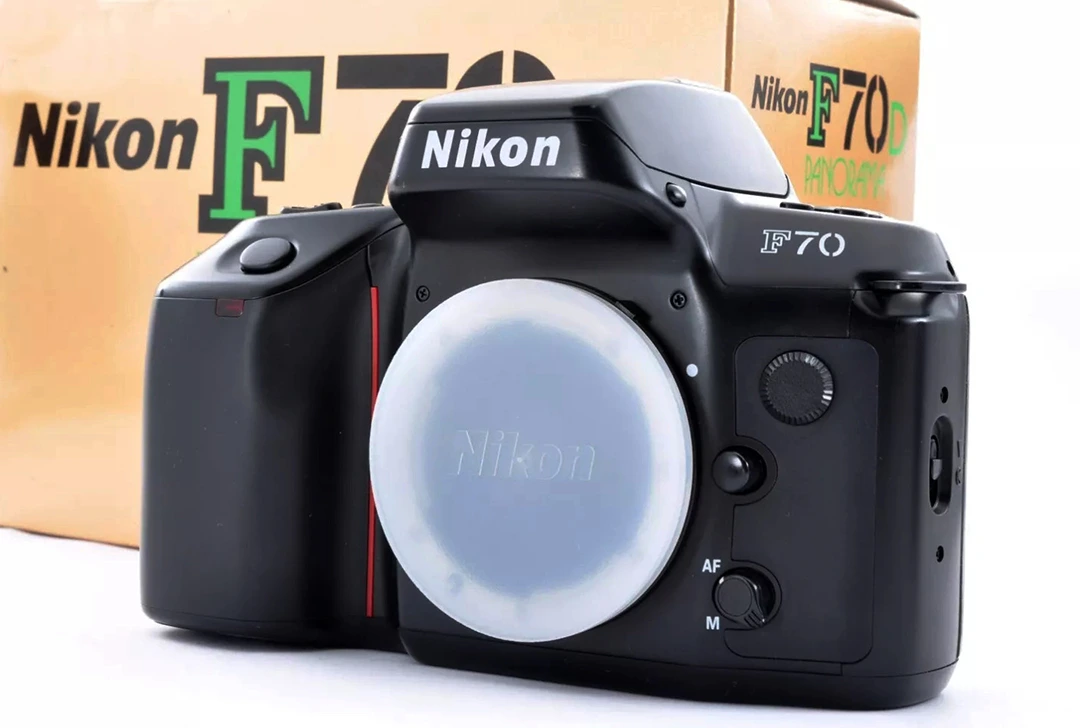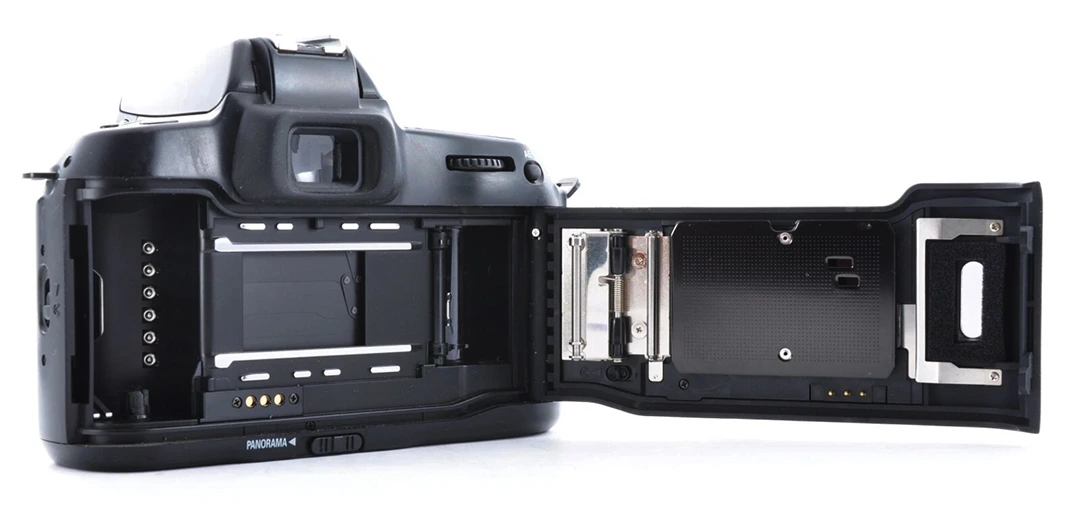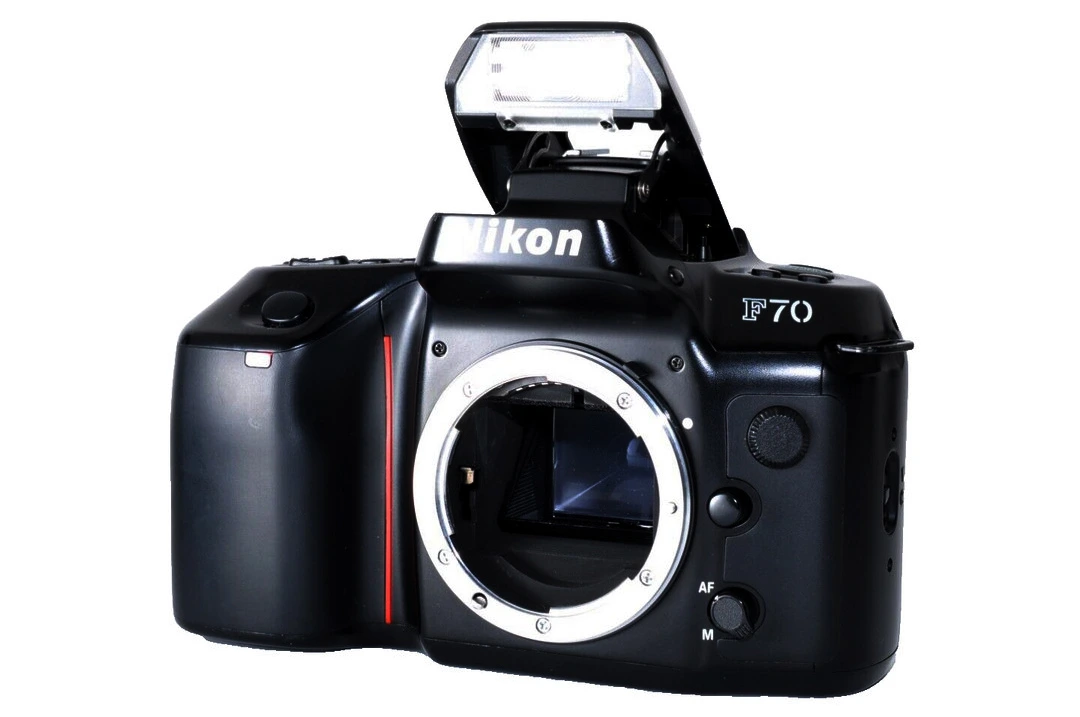Whether you’re shooting film or digital, the first step in your photographic journey should be putting together a portfolio of “your vision”. This is usually comprised of a neat little book got off of Amazon with 8×10 or 8×12 images. And while some in today’s digital world will just display their work on the web or some social site, I advise everyone to print their work. You can do the other online stuff too, but the way you truly appreciate your own work is to print it. That said, this article is actually about a “dirt cheap” camera that will, for all practical purposes, produce the same images as a $5000 camera. At about $30-$40 bucks, definitely a cheap film camera. In the case of a film camera, the “sensor” size is the same. But you can apply the same in digital when comparing a 5MP camera to a 50MP camera. There are plenty of used small megapixel cameras out there that will produce identical 8×10 prints. There’s absolutely no reason to NOT start shooting with “crappy” cameras. They’re NOT REALLY crappy at all! Like Ren Hang, and his $10 Minolta 110 and Minolta X-700. So here is a camera, the F70/N70, that will literally produce the same image as a Nikon F5 or Canon EOS-1v when using the same lens! Yes, it’s lighter and smaller and definitely not comparable in build quality. But will an image savvy client flipping through your book be able to tell the difference? NO!
Cheap Film Camera – The Nikon F70
The Nikon F70, also known as the N70 in North America, is a mid-1990s 35mm SLR film camera that aimed to merge advanced functionality with approachable design. Released in 1994, it occupies an interesting space in Nikon’s film camera history—loaded with features from the pro-level F90 series, but packaged for serious enthusiasts and advanced amateurs. Today, it’s a great value for film shooters who want more control without breaking the bank. Even DIGITAL SHOOTERS!!

A Bold Step into the Future
One of the most talked-about aspects of the Nikon F70 is its unconventional user interface. Instead of traditional dials, it uses a “Graphic Command Interface” (GCI)—a digital-style menu system accessed through buttons and an LCD screen. While it may feel unfamiliar at first, especially to those used to older manual SLRs, it offers deep customization once you get the hang of it.
The futuristic UI reflects Nikon’s attempt to make the camera feel modern, bridging the analog-digital gap. It’s a love-it-or-hate-it feature—but undeniably unique.

Autofocus and Exposure Power
The F70 is equipped with Nikon’s Multi-CAM 274 autofocus system, which was excellent for its time. It’s fast, fairly accurate, and performs well in most lighting conditions. Coupled with a highly versatile 8-segment 3D Matrix Metering system, the camera offers reliable automatic exposure in a wide variety of shooting environments—from portraits to fast-moving street scenes.

Full Manual Control (If You Want It)
While the F70 offers advanced automation, it doesn’t sacrifice manual capability. You can shoot in full manual, aperture priority, shutter priority, or program mode. This flexibility makes it a great learning tool and a solid backup for professionals who want precision without the bulk of a flagship body.

While I’d be the first to tell you the built-in flash is a bit “weak”, it’s no weaker than the flash on a Yashica T4. So,….if Terry Richardson could get things done when starting,…..so can you. 😀
Lens Compatibility and Build
The F70 uses the Nikon F-mount, making it compatible with a vast range of lenses—from vintage manual Nikkors to modern autofocus glass. Its polycarbonate body is lightweight yet durable, and the ergonomics are surprisingly comfortable despite its tech-heavy interface. A Nikon Nikkor 50mm AF f/1.8 lens is one of the sharpest lenses ever tested by Photodo.com is cheap and works flawlessly with this camera. As does all Nikon flashes since about 1990. Including Nikon’s latest offerings.

Final Thoughts
The Nikon F70 isn’t your average film camera. With a digital-style UI, fast autofocus, and smart metering, it stands out as a unique hybrid of analog shooting and modern design. For photographers who enjoy deep features and don’t mind a bit of a learning curve, the F70 is a rewarding and budget-friendly option in the Nikon film lineup. Very capable,…but, still a cheap film camera.
I promise I will do my next one on some really cheap digital SLR cameras with low megapixels that will produce spectacular 8×10/8×12 prints and are $50 -$150. DON’T SPEND THOUSANDS OF DOLLARS YET!
Verdict: A futuristic 35mm SLR with serious brains—ideal for tech-savvy film photographers.

